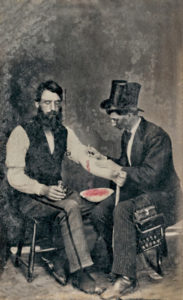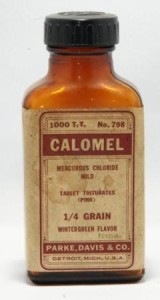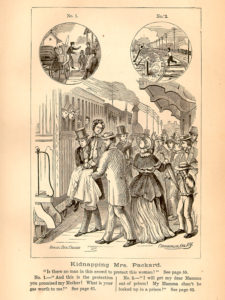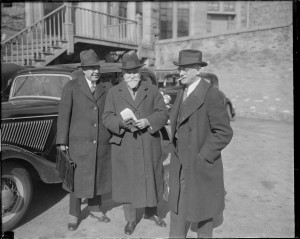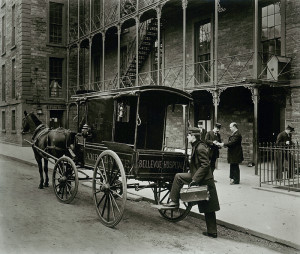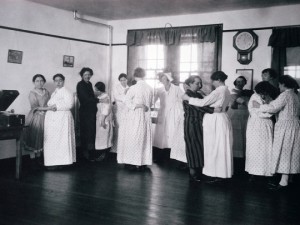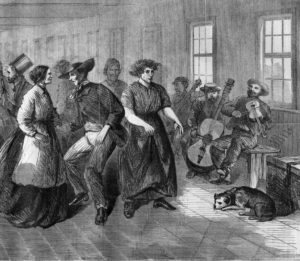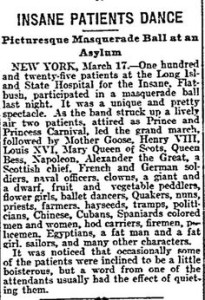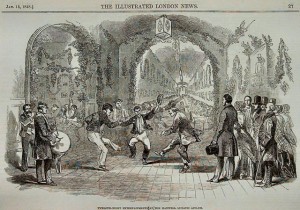Cultures throughout the ages have celebrated the return of spring after a long, harsh winter by eating the first new greens they can find. Native Americans took advantage of fresh, wild plants to supplement their winter diets of dried foods; foraging in woodlands or near streams could bring in an entire meal in some cases.
Mushrooms often sprouted with the renewed moisture of spring; experts had to hunt for this very nutritious, but dangerous food. Women hunted dandelions, wild onions and leeks, ramps, chickweed, poke, and wild mustard (or a related plant called “creasy greens”) as soon as possible, since many of these plants get more bitter as they grow older. Even young, tender leaves and shoots can be bitter, but these wild plants are very nutritious and have long been considered a tonic to wake up the liver and kidneys after a long winter diet of dried starches (like beans and pumpkin) and meat.
Traditional (Algonquin) Green Salad: One part wild onions or leeks, chopped, and one and a half parts dandelion leaves, to four parts watercress. Add a small amount of sheep or wood sorrel, and then flavor to taste. (Add a bit of maple syrup for sweetness, or use other traditional flavorings like salt, along with enough oil to coat the leaves.)















